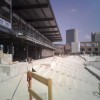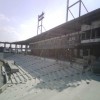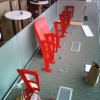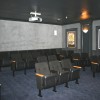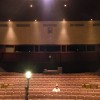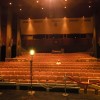Plastic-Laminate-Clad Countertops
Plastic laminate clad countertops are horizontal work surfaces made from a substrate material and high pressure decorative laminate. The substrate material used in plastic laminate clad countertops is typically 3/4 or 1 1/2 inches thick and may include: particle board, medium density fiberboard or plywood. Originally invented in 1913, by Formica, high pressure decorative laminate (HPDL), or what is commonly called plastic laminate (PLAM), is a manufactured, composite product. It consists of laminations of papers and plastic resins which are bonded together with heat and pressure. HPDL is a versatile product that is readily available today from several manufacturers in many colors, textures, patterns, sheens and grades. Popular in residential and commercial interiors, plastic laminate clad countertops are durable and attractive. They are inexpensive and easy to install, clean and maintain.
